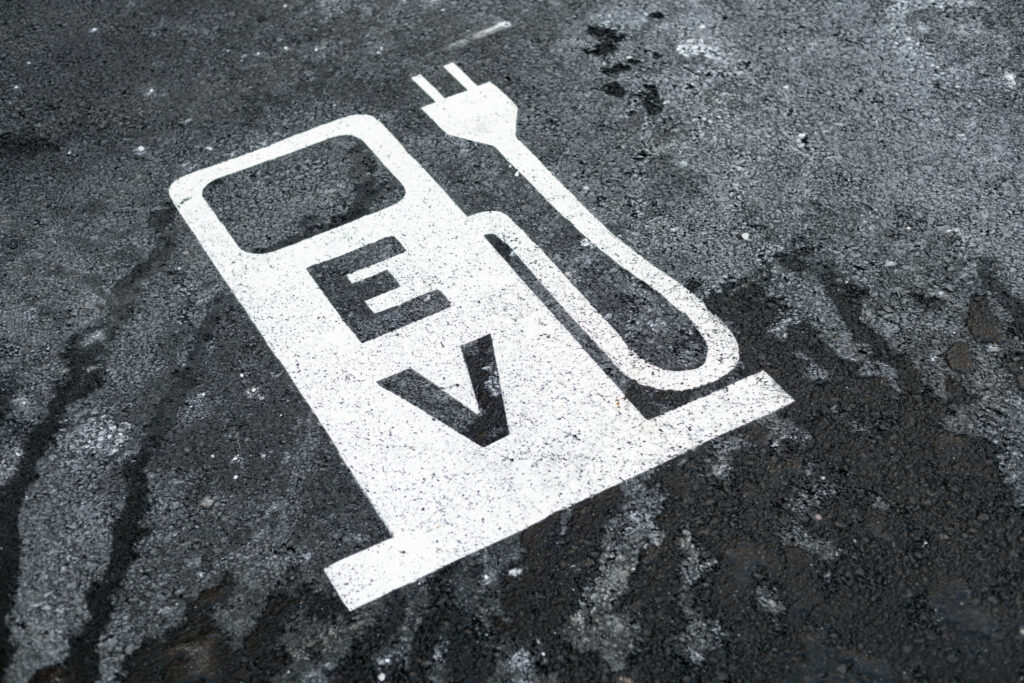Longhaul EVs could be a reality soon, Lion Electric’s Bedard says
Longhaul electric trucks will be in play in five to seven years as battery density improves, said Marc Bedard, CEO and founder of Lion Electric.
Operators should focus on how many kilowatt-hours (kWh) of battery capacity they should be installing on equipment and type of charger needed, he said during a virtual seminar hosted by CAFU, a mobile EV charging provider.

Additional kilowatt-hours offer more range but less payload due to battery weight. Bedard said operators focus on optimizing payload and this requires fast charging.
He noted that school buses with a range between 150 to 200 km can be charged at night. This can be done using a Level 3 or low-speed 24 kw charger. He added there are a variety of chargers available from Level 2 and 3 to 300 kw and higher.
Bedard said Lion is focused on urban trucks that can run less than 400 km on a single charge. He added that the Lion 5 can travel 320 km on a single charge that takes about two hours.
Charging infrastructure challenges
Installing electric truck charging infrastructure takes time and one of the biggest challenges is to make sure users will have it in place when their vehicles roll in. Bedard said some fleets operate their EVs almost continuously and need fast chargers that can offer 300 kw or more.
“The magic for operators in medium- and heavy-duty trucks is to make the right choices on the onboard number of kWh they will be buying and their charging infrastructure. They can’t look at one without looking at the other,” he said.
“When you are looking at the charging infrastructure, you have to look at the charging speed as an investment the operator is willing to make.”
Choosing a charger
Bedard noted that people want a very high kWh but most of time it is useless. There is a cost when looking for maximum range or fast charging, even when one doesn’t need it.
“Why charge a truck in one hour if you have three or four hours? It is impacting the lifecycle of the battery, the cost of your charging infrastructure, the charger itself, and the way you use power from the grid,” he said.
Telematics is key while using energy-as-a-service and operators need to manage the way the grid is used. Fleets need to be well connected to their utility provider and must be smart about the charging infrastructure being installed, he said.
Paying for power
Bedard said some operators are looking at stationary battery storage as an option. Where there is no connection to the grid, hydrogen could be a temporary solution, he said. Fleets must also be aware of the power rates they pay for charging EVs during the day, night, and peak hours.
Managing the peak is vital and fleets need to think out of the box to succeed, Bedard said.
Have your say
This is a moderated forum. Comments will no longer be published unless they are accompanied by a first and last name and a verifiable email address. (Today's Trucking will not publish or share the email address.) Profane language and content deemed to be libelous, racist, or threatening in nature will not be published under any circumstances.